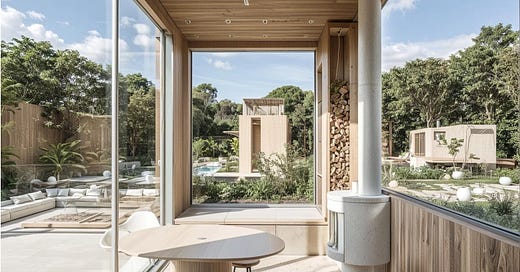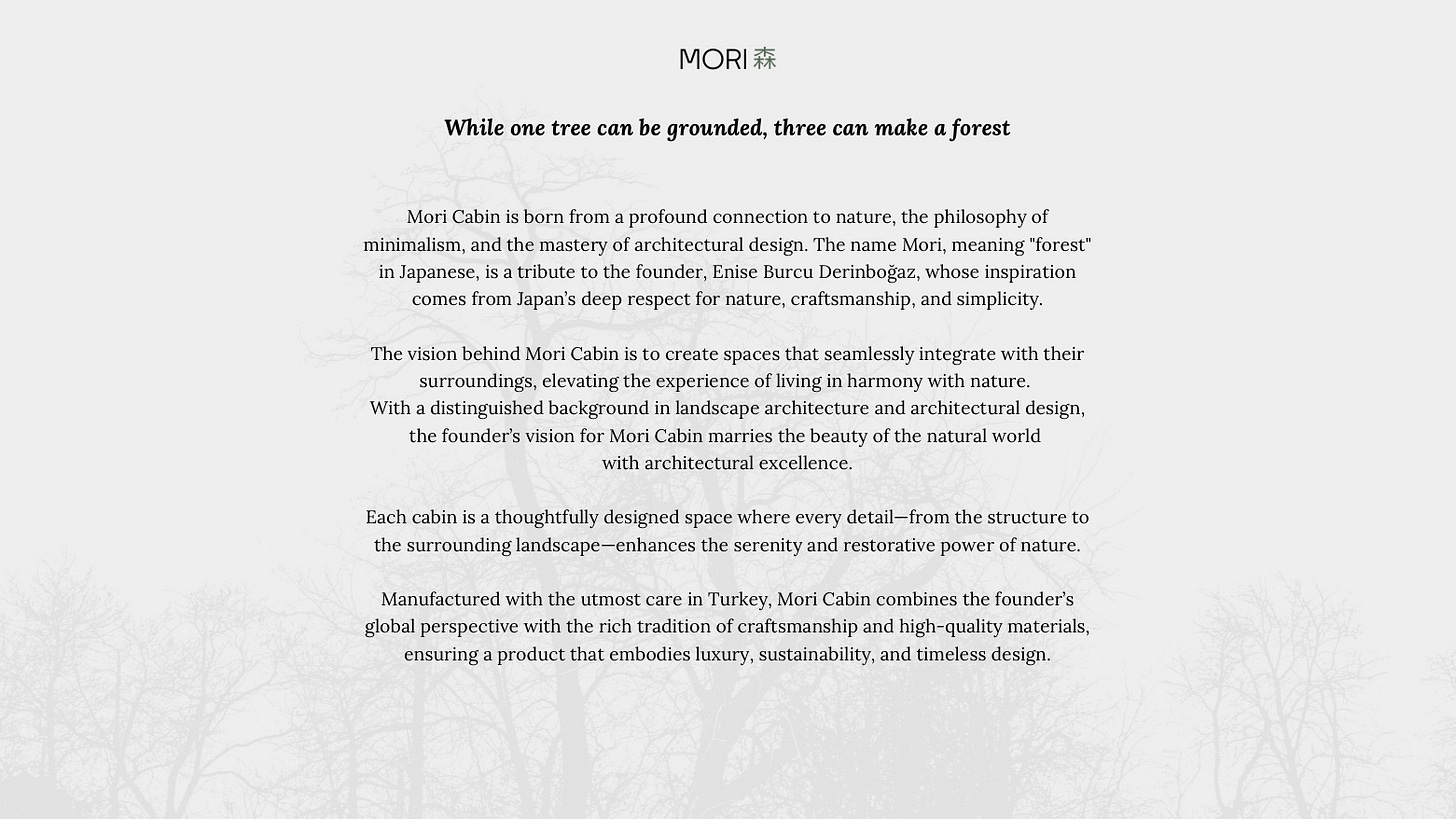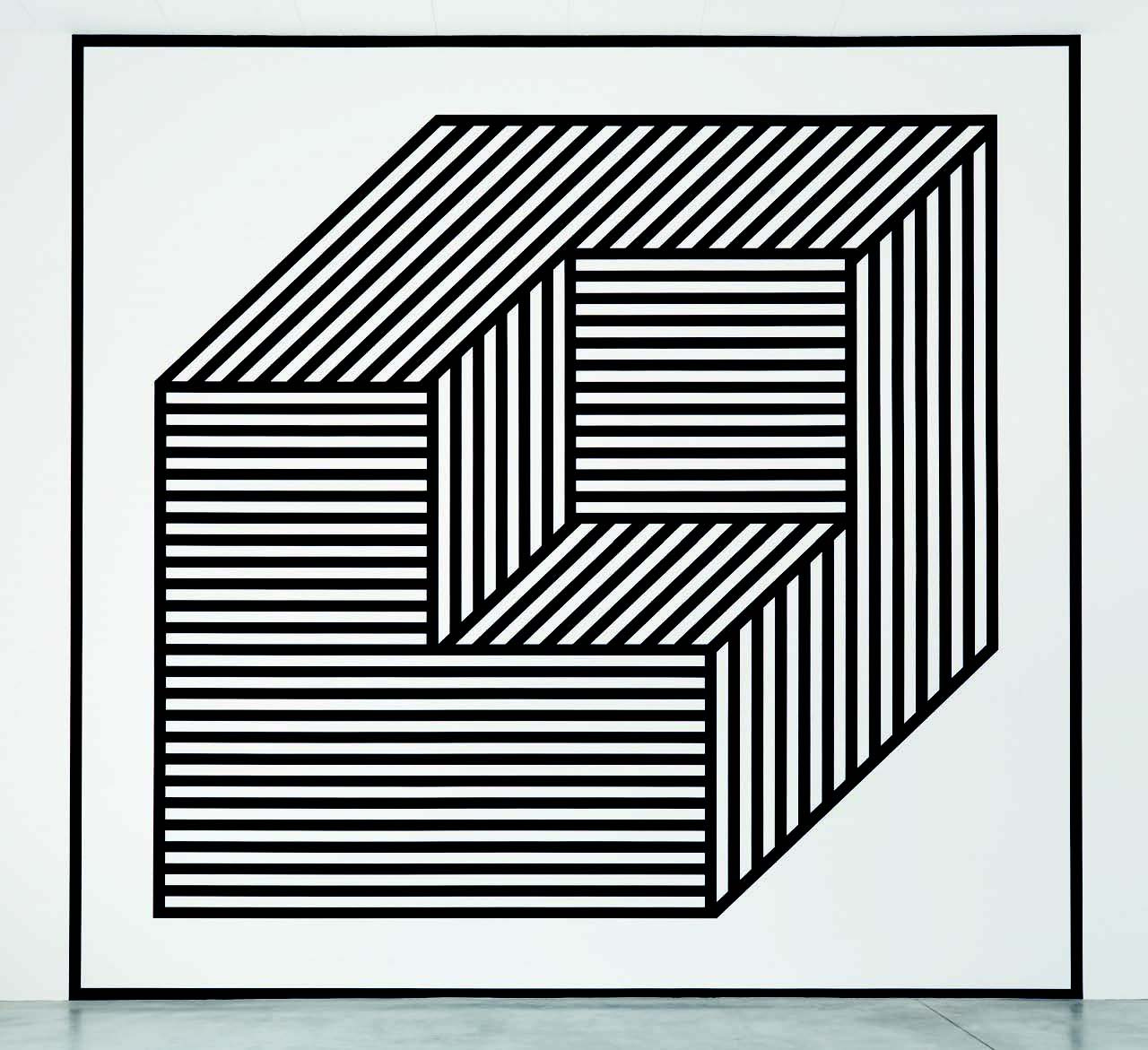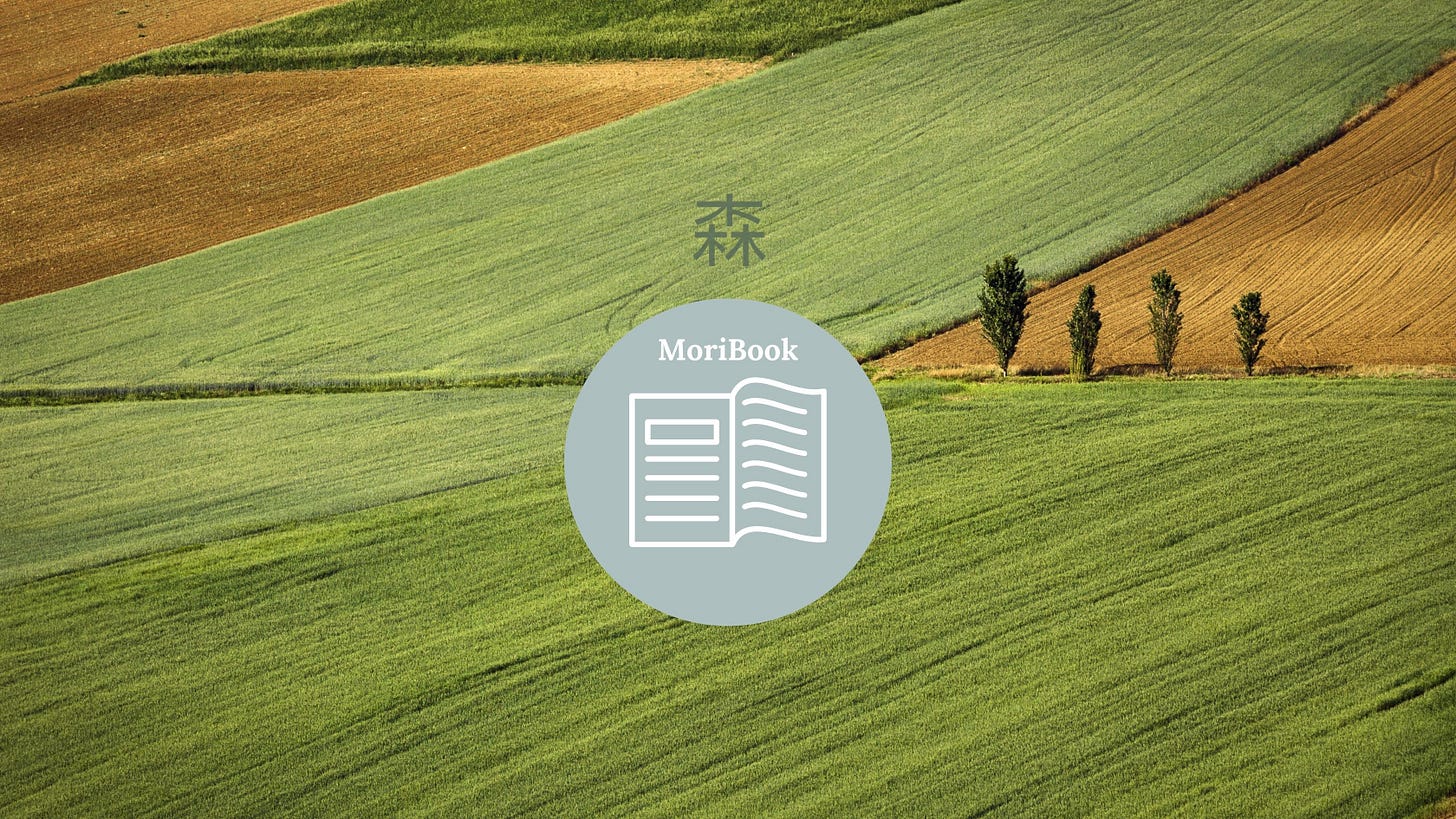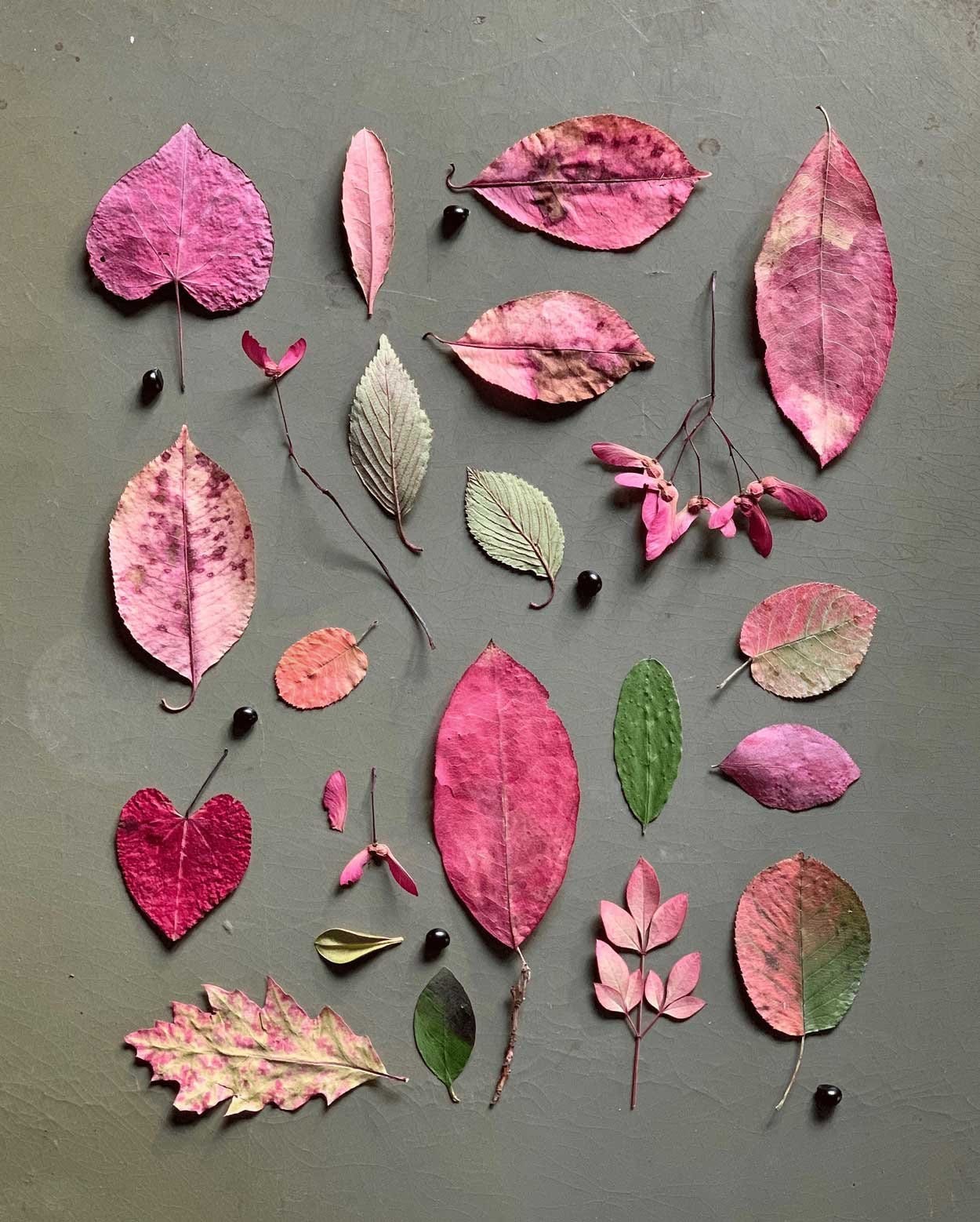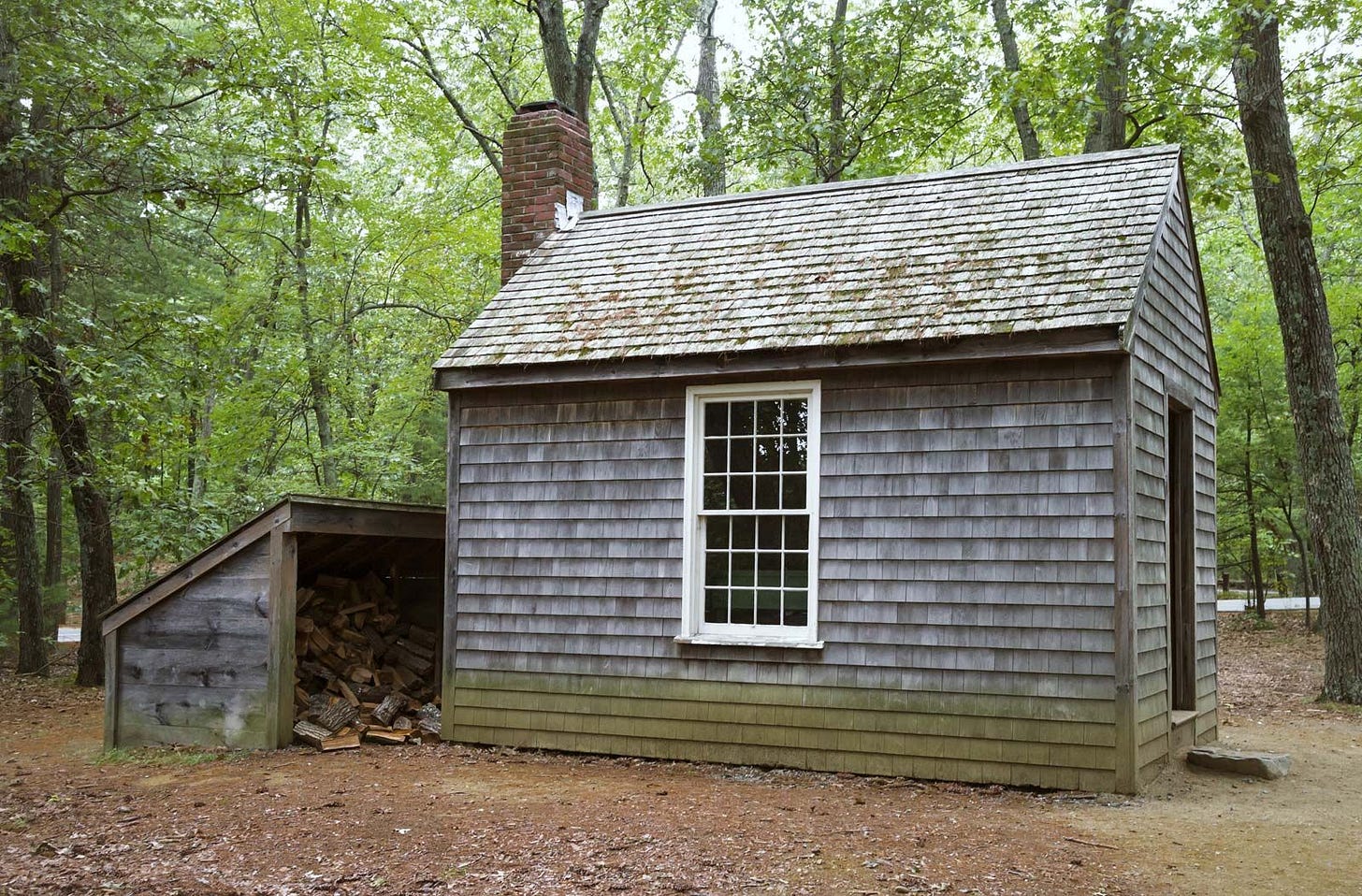Dear you,
How does it feel to be in spring 2025?
Despite the mad world leaders, ongoing wars, stolen attention, and competing subscriptions—I’m finding it hard to hold it all, while trying to focus on what wants to grow.
Being in a new country. Being in my early 40s. Aging—and all the quiet, late signals it begins to send.
Among all that the only truly useful tip I’ve found lately is this:
Decluttering and getting minimal.
Letting go of what’s not needed—giving away, exchanging, or selling. Releasing.
I’ve never lived in large homes. My mother has always been the most minimalist person I’ve known.
It’s a legacy I carry—shaped by her, shaped by Japan, and perhaps by my love for recreational vehicles, which cradled me after a long, tired career in landscape architecture. And now, it shapes Mori Cabin.
I’ve come to believe deeply in constraints—not as limitations, but as quiet frameworks. They shape how we live, how we think, and how we imagine. I’ve learned this through design and teaching, and perhaps also parenting.
That is the metaphor of cabin life.
A small space that opens something vast inside.
This letter is about what I call Mori Minimalism—a reflection I hope might inspire you, whether in your living space, your digital space, or your mindspace.
Let’s begin
eb
✧ Mori Learning Platform ✧
//Nature-inspired Tools for Mind, Body and Soul
A Short History About Minimalism
Minimalism began as an art movement in the 1960s, rooted in the radical idea that less could be more.
Early minimalist artists like Donald Judd and Sol LeWitt used basic geometric forms—squares, cubes, grids—to remove personal expression and highlight structure, repetition, and material.
It was about clarity, not chaos; order, not emotion. This visual language of clean lines and spatial harmony spread into architecture and design, where geometry remained central.
Over time, minimalism evolved into a way of living—focused on simplicity, intention, and freedom from excess—but it never lost its foundation in shape, space, and form.
Why It Still Matters
The geometry of minimalism—its sense of rhythm, proportion, and negative space—speaks to something deeper in us. It mirrors how our minds long for clarity and our bodies long for room to breathe. And science agrees.
Mental Clarity: Studies show that clutter competes for our attention, overloading the brain and reducing working memory. Geometric order, like that found in minimalist design, reduces visual noise and supports clearer thinking.
Emotional Lightness: Repetition and symmetry in design have been linked to reduced anxiety and greater feelings of safety. Clean, open spaces help regulate the nervous system and lower cortisol levels.
Time and Energy: Fewer objects mean fewer decisions. Research in behavioral science confirms that reducing choices decreases mental fatigue and improves overall satisfaction.
Intentional Living: Neurologically, our brains reward us for aligning our actions with our values. A minimalist environment invites this alignment—where every object, texture, and choice becomes purposeful.
Learning from Less
Minimalism, at its heart, is not about having nothing—but about seeing more clearly. Geometry gives us a language of balance.
Nature does the same. In the branching of trees, the spacing of leaves, the quiet symmetry of a pinecone—we are reminded that simplicity isn’t emptiness, it’s intention.
At Mori, we continue learning from form, space, and the stillness between. Not to perfect, but to live more lightly, and see more deeply.
I’m dreaming up a new MoriBook—one that explores the themes we’ve been circling here: minimalism, form, and space. As always, I’d love to hear your thoughts before shaping it further.
You can vote by clicking the button below—or simply reply to this letter. So we shape the next MoriBook together!
What is next in our learning circle. You can see the links here, or drop me a message to join.
⊹ Creative Botany ⊹
//Botanical Thinking for Creative Souls
Dog Walk Diary by Margot Guralnick
I came across Margot Guralnick’s work in New York Botanical Garden Continuing Education Program that offers a wide range of creative learning tools, both for hobby and professional.
Margot Lately’s Dog Walking Diaries are quiet acts of creative botany.
On her walks, she collects what the streets and seasons leave behind—fallen petals, curled leaves, forgotten seedpods.
Each piece is detached, ordinary, scattered. But through her eye, they are reassembled into something new—delicate compositions that carry the elegance of design and the intimacy of noticing.
Her work isn’t about capturing what’s already there, but about what can emerge from overlooked fragments. There is no fixed method—just a habit of paying attention, of gathering gently, and letting intuition shape the rest.
The results are not just beautiful—they are invitations. To see differently. To let design begin not with a plan, but with presence. To remember that walking, even with a dog, can be a creative act.
You can find her Dog-Walking Diaries and visual notes on Instagram @margotguralnick and explore her thoughtful contributions to home and life design at Remodelista.
So inspiring for daily walks!
⧉ Inside Mori Cabin ⧉
//Living with Design on Minimalism
Cabin as a Deep Work Temple
Before the cabin became a design trend, it was a quiet refuge for thinkers. A space between worlds—rooted in solitude, yet rich with inner conversation.
Writers like Henry David Thoreau, who spent two years in his tiny home near Walden Pond, saw the cabin as an experiment in simplicity and presence. For Virginia Woolf, a writing shed behind the family house was a room of her own—untouched by interruption.
Carl Jung built his lakeside tower in Bollingen as a sanctuary for reflection and symbolic work, without electricity or modern distraction. Tove Jansson, in the Gulf of Finland, lived on a bare island in a tiny house with her partner, sketching, writing, and watching the wind.
There is an inspiring article about the lure of the writers cabin here
What united these places wasn’t luxury. It was purpose.
Each cabin was a frame for thought—a boundary that kept the world at bay, so something slower, truer, and more personal could rise to the surface.
At Mori Cabin, we carry that spirit forward.
Our spaces are designed for retreat—not escape. For depth—not distraction. Whether it’s for writing, resting, drawing, or doing nothing at all, cabins remind us that small spaces often hold the most room for becoming.
And now, I’d love to hear from you. I loved your reactions to Cabin Warming, thanks for your contribution. I’ll feature a few reflections in the future letter.
So now my question is? Is there a place where you retreat to think deeply or reconnect with yourself?
Have you ever dreamed of building one?
💬 Reply to this letter and tell me about your “thinking place”—whether it’s real, remembered, or still imagined.
Stillness, after all, isn’t just about silence—it’s about presence, rhythm, and knowing what to listen for.
We’ll return soon with more details from inside (and around) the Mori Cabin.
Until then, may you find your own corner—real or imagined—that holds you gently.

